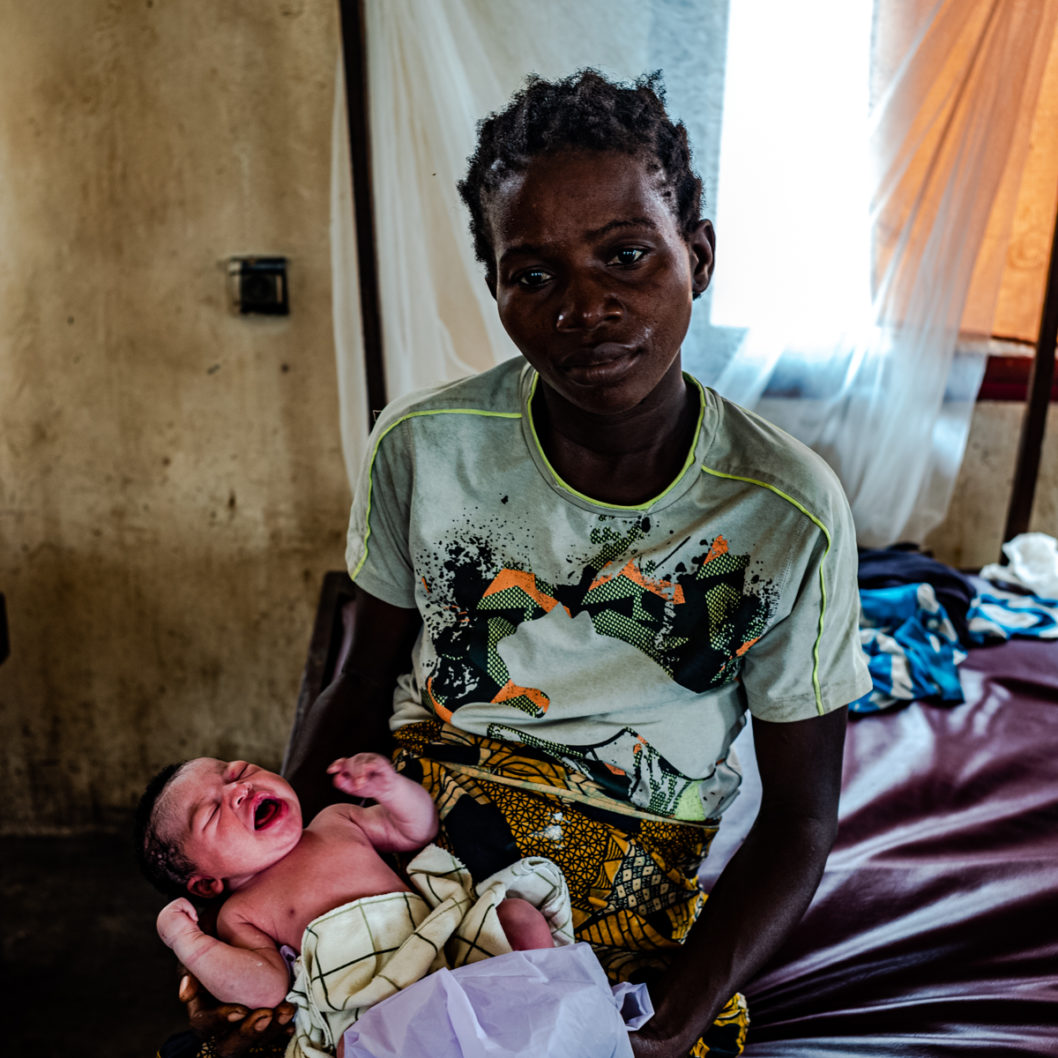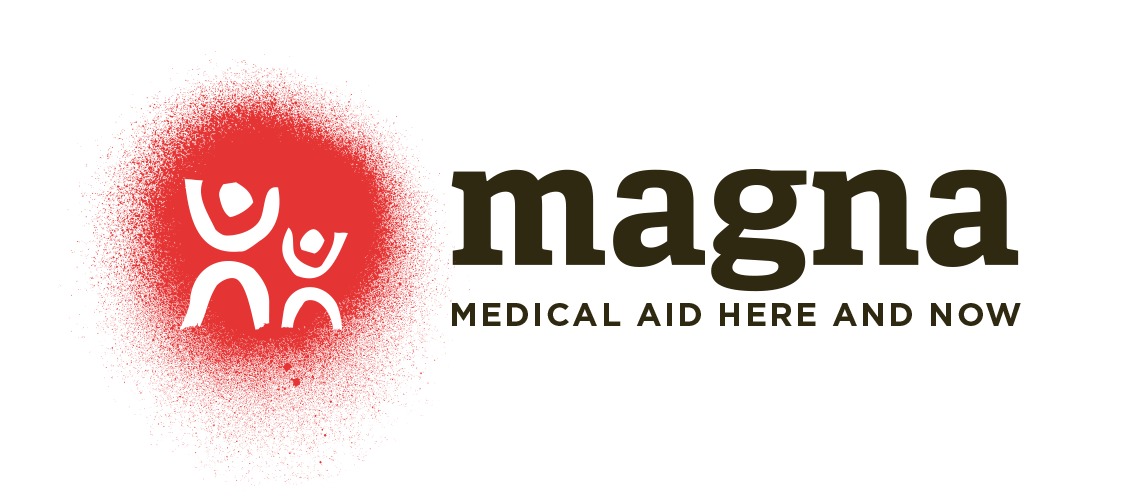Medical activities
Child's health
85 percent of child deaths occur in children under the age of five, and almost 50 percent of these deaths are in newborns within a month of birth.
Effective prevention, detection and early treatment of diseases keeps children healthier and in most cases they avoid serious diseases. This is only possible if health care is available close to where people live, i.e. in their community. One of the obstacles is the lack of health professionals in rural and remote settings. Community health workers are key in filling this gap. With training and ongoing support, they can provide basic health checks; perform nutritional screening to identify children with acute malnutrition and administer therapeutic diets, test, diagnose and treat simple malaria,

Children’s health in times of disasters
Regardless of the scale of the disaster, health care for children can quickly deteriorate, especially during acute crises such as conflicts or natural disasters. To reduce this risk, the emergency response needs to include vaccination to prevent outbreaks of communicable diseases such as measles. Distribution of therapeutic food for the treatment and prevention of malnutrition or newly established outpatient services in refugee camps.
Children in need are also at increased risk of violence, be it physical, psychological or becoming victims of sexual abuse.
Focus on child’s health in our projects
Learn more about how we treat child’s health in our projects worldwide
